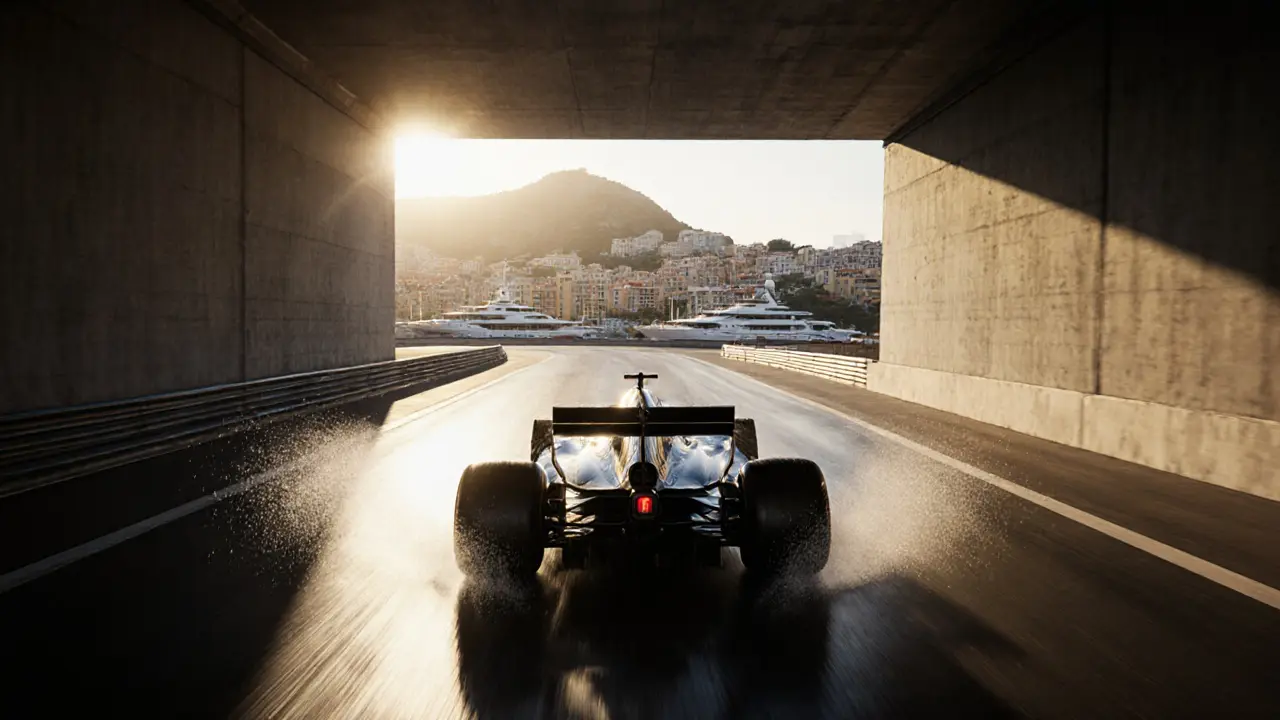Formula 1 History in Monaco: The Race That Shaped a Legend
When you think of Formula 1 history, the evolution of high-speed motorsport from its early 20th-century roots to today’s global spectacle. Also known as F1 racing, it’s the sport where engineering, courage, and precision collide, one name always rises above the rest: Monaco. The Monaco Grand Prix, the oldest and most prestigious race on the Formula 1 calendar, held since 1929 on the narrow streets of Monte Carlo isn’t just another race—it’s the heartbeat of the sport. No other track demands this kind of skill. No other venue turns drivers into legends overnight. And no other race has stayed this raw, this real, for nearly a century.
The Monte Carlo race track, a 3.34-kilometer circuit winding through tunnels, hairpin turns, and seaside cliffs was never meant to host top-tier racing. It was a city street, tight and unforgiving. But that’s exactly why it worked. In 1950, when Formula 1 became an official championship, Monaco was already a fixture. Drivers like Juan Manuel Fangio, Graham Hill, and Ayrton Senna didn’t just win here—they conquered it. The track doesn’t forgive mistakes. One wrong move, one millisecond late on the brakes at Sainte-Dévote, and your race is over. That’s why winning here means more than a trophy—it means you’ve earned your place in the story.
Behind every turn of the Formula 1 history in Monaco is a story of grit, glamour, and change. The race didn’t just survive the rise of modern F1—it defined it. The barriers, the chicanes, the tunnel lighting, the way the cars scream past the yachts in the harbor—all of it became the blueprint for what racing should feel like. Even today, when teams use data, simulators, and aerodynamic wings that look like science fiction, Monaco still demands the same thing: instinct. The Formula 1 legends, drivers whose names are carved into the soul of the sport through unforgettable performances didn’t just drive fast here—they read the track like poetry. And the nights after the checkered flag? Those are when the real magic happens. The parties, the whispers, the champagne spraying over the harbor—it’s not just celebration. It’s tradition.
What you’ll find in the posts below isn’t just a list of events or hotels. It’s the pulse of Monaco after the engines fall silent. The hidden bars where drivers unwind. The beach clubs where champions watch the sunset. The luxury hotels that host the same faces year after year. This isn’t about the race alone. It’s about the world that spins around it—the people, the places, the unspoken rules. And if you want to understand why Monaco still holds the crown, you need to see it all.
Grand Prix Monaco - Where Speed Meets Seduction
The Monaco Grand Prix is Formula 1's most iconic race, blending high-speed drama with luxury and history on a narrow street circuit where one mistake ends a career.

